Ethane production in South Pars Gas Complex is 10,000 tons per day
South Pars Gas Complex in Bushehr Province supplies 10,000 tons of ethane production on a daily basis to petrochemical plants located in the region, the managing director of the complex said.
Calling it the largest supplier of feedstock for downstream industries in the country, Ahmed Bahoush said, “The ethane produced by SPGC is sent to Jam, Arya Sasol, Morvarid, Kavian and PetroIran petrochemical plants. The figure is set to increase with the completion of the ongoing development plans,” Energy Today’s website quoted him as saying.
Referring to ethane production at the complex last year (March 2022-23), he said, “Last year, by carrying out precise and regular overhauls and using high-quality locally-made parts and equipment, close to 2.2 million tons of ethane were produced in the refineries of the complex.”
Bahoush noted that last year, about 3.3 million tons of propane and 3.3 million tons of butane were produced in South Pars refineries.
Butane is primarily used as a fuel gas within the LPG mixture. Like ethane and propane, the main chemical use of butane is as feedstock for steam cracking units for olefin production.
The primary use of propane in the petrochemical industry is as a feedstock, along with ethane and naphtha, in petrochemical crackers to produce ethylene, propylene and other olefins. Propane can also be used as a dedicated feedstock in the petrochemical industry for on-purpose propylene production.
Normal butane can also be used as a feedstock in the petrochemical industry. When normal butane is used in petrochemical cracking, the process yields (among other chemicals) butadiene, which is a precursor to synthetic rubber.
South Pars Gas Complex comprises 14 gas refineries in southern Iran, which are currently processing the gas extracted from the country’s giant South Pars Gas Field that Iran shares with Qatar in the Persian Gulf.
Major share of natural gas & gas condensate production
SPGC accounts for 73% and 92% of total natural gas and gas condensate output respectively in Iran. It also accounts for 96% of liquefied petroleum gas, 100% of ethane and 55% of sulfur produced in the country.
The share of fossil fuel in Iran’s energy basket is 74%, of which 50% are produced by SPGC.
Data pertaining to 2022 show a rise in output of a variety of byproducts at SPGC, namely ethane (20%), LPG (25%) and sulfur (12%), compared to the year before.
South Pars, the world’s largest proven offshore natural gas reservoir in the Persian Gulf, contains at least 12 trillion cubic meters of gas, of which 2 tcm have been extracted by Iran in the past 20 years.
More than 2,300 billion cubic meters of natural gas have been processed in the refineries of the South Pars Gas Field since it became operational in 1998.
Iran has generated $360 billion in revenues over the last 20 years by selling the gas field’s products, including gas condensates, natural gas and its derivatives.
The gas field covers an area of 9,700 square kilometers, 3,700 square kilometers of which, called South Pars, are in Iran’s territorial waters. The remaining 6,000 square kilometers, called North Dome, are situated in Qatar’s territorial waters.
The field, currently divided into 24 standard phases in the Iranian side, is estimated to contain a significant amount of natural gas, accounting for about 8% of the world’s reserves, and approximately 18 billion barrels of condensate.
Published: Apr 30, 2023
If you want to order petroleum, petrochemical and chemical products from Iran, please do not hesitate to send Iran Petroleum an email.

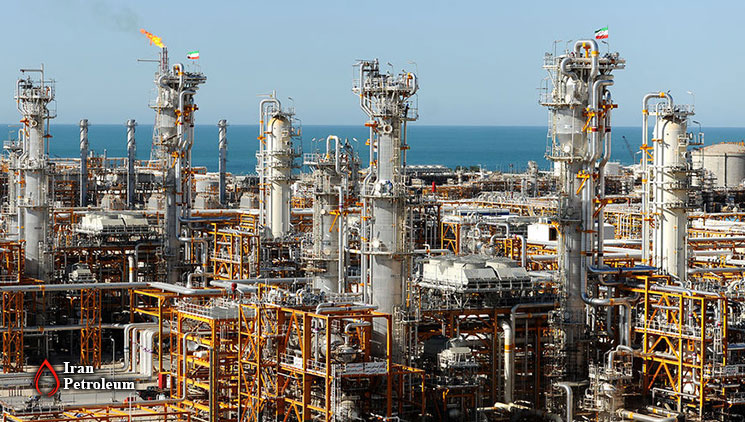
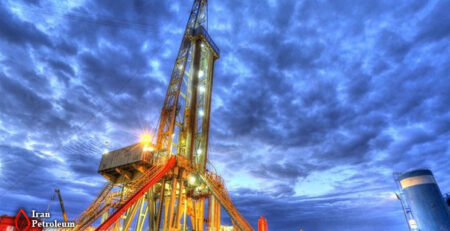
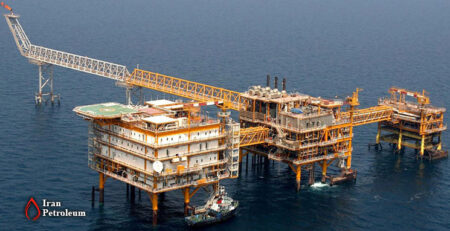
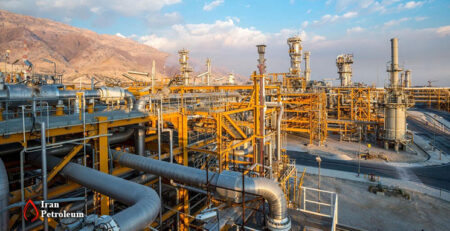
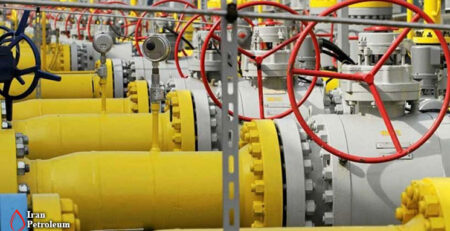
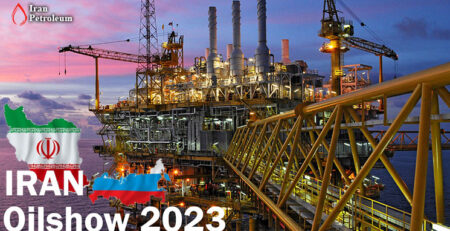
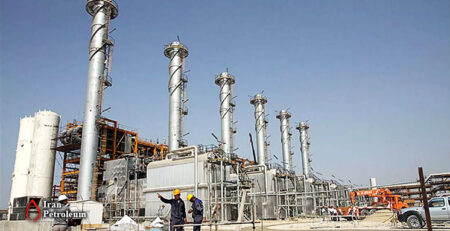
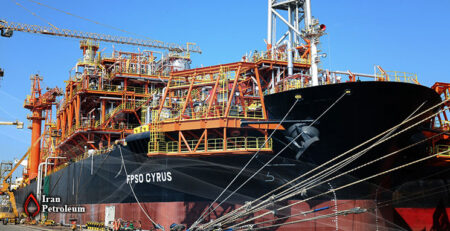
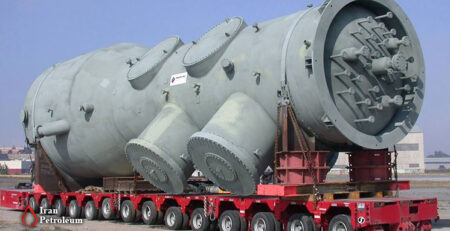
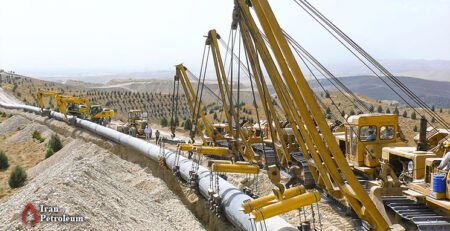
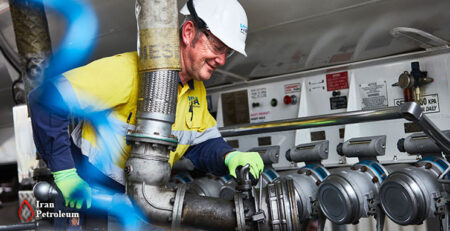
Leave a Reply